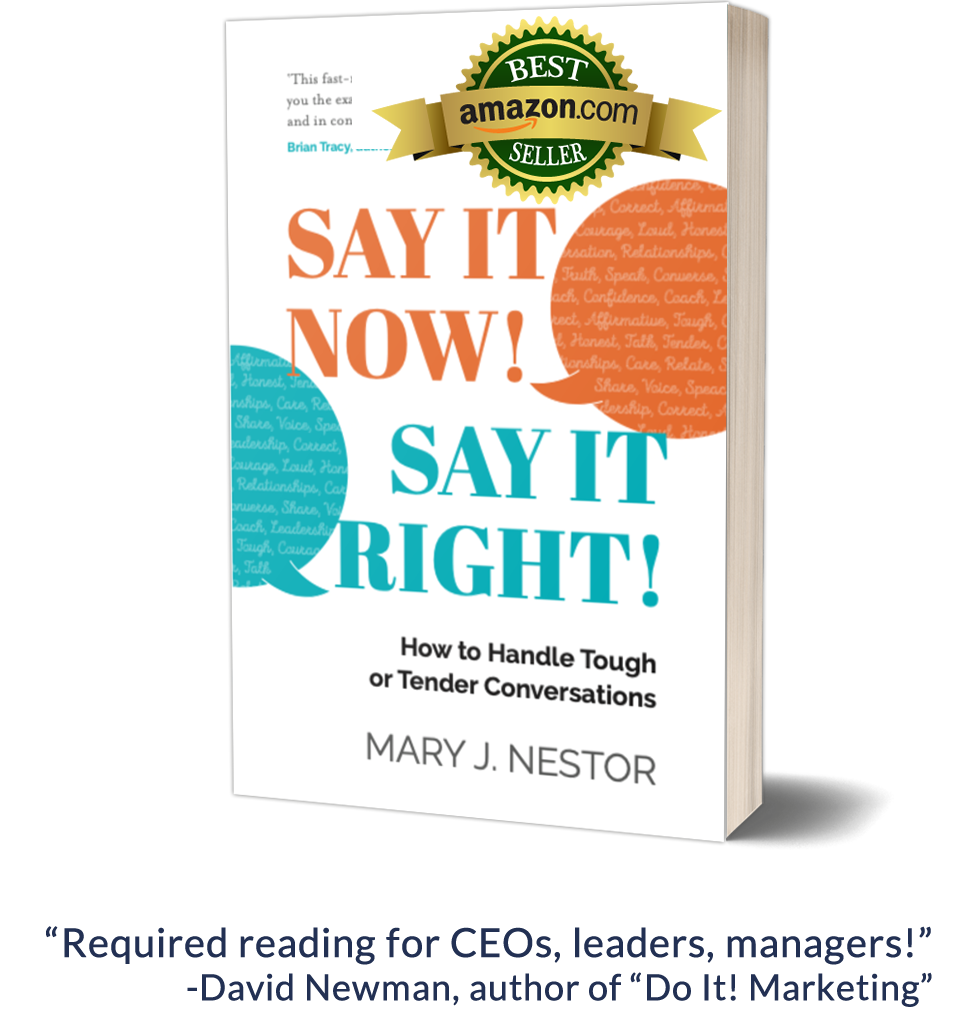
No one can dispute the fact that managing a multi-generational workforce has its challenges.
Older workers can be super-structured, but they follow the rules, and are loyal and dependable.
Gen X’ers have a tendency toward independence and collaboration.
And Millennials are often seen as self-centered free-spirits with an entitlement mentality.
Each generation has its strengths and weaknesses.
People have strengths and weaknesses, too, and attributing characteristics across an age group can be misleading and unfair. There are some young workers who are more programmed and structured than their grandparents. Some baby boomers never shed their 60’s “hippie” mindset and are harder to manage than the 20-somethings.
The danger in putting people in boxes by age or generation lies in missing their overall value to the company. For example, the healthcare industry serves every age group; therefore, having representatives from each age group offers tremendous value, insight, and range of perspective to customers.
Instead of focusing on generational differences as hindrances, companies should realize that an age-diverse workforce is a plus.
Employees representing each generation can help make customers comfortable, as they “see” or “hear” themselves when accessing services in person, over the phone, or via the internet.
On the other hand, leaders who attribute differences in employee work styles or productivity to age may contribute to the problem and open the company up to potential discrimination charges.
Don’t miss the opportunities to make your multi-generational workforce work for you.
1. Value everyone.
Don’t focus on age, but on experience, skill and productivity. Employees will naturally gravitate to people with similar interests or age group. While your employees will become part of one group or another, leaders need to keep a “professional distance” from their staff. You can’t go out bar-hopping with the younger crowd or meet the older crowd for Bingo every Wednesday night. What you do outside the office should not be perceived as placing more value on one group than another.
2. Match generations.
Where possible, match customers with service reps of the same age group. Some distraught customers may feel more comfortable with someone their own age, or close to it. Matching generations helps with communications and frame of reference.
3. Mix the generations.
Companies can become like a second family for employees. Some people are energized by workplace diversity. Proximity to someone older or younger encourages transfer of ideas and viewpoints. Working with a range of ages every day can help employees deal more effectively with a variety of customers as well.
4. Drop the age references.
Your employee handbook, orientation, and diversity training should clearly state the company’s commitment to respect all employees and warn against discrimination of any kind. Even referring to a co-worker as an “old timer,” in an affectionate way may backfire if that employee is laid off before younger workers. Bullying can take many forms. Repeatedly referring to someone with an age-label or nickname can cross the line from joking to harassment.
5. Recognize and share life lessons.
Whether employees are 20, 60, or somewhere in between, their life experiences offer valuable lessons and insight for all. Use employee or team meetings as opportunities to share experiences. A new college graduate who has had to find health insurance or deal with an accident claim can offer a unique perspective. An older worker dealing with Medicare enrollment can help the rest of the team understand the frustration some customers experience with the Medicare selection process, for example.
Find ways to capitalize on an age-diverse workforce. Mix, match, and appreciate the value they bring to the company, your customers, and each other.

A Free Chapter of
SAY IT NOW!
SAY IT RIGHT!
Sign up below to get your FREE chapter of the book.
Mary J. Nestor is a leadership and communications expert with extensive experience in identifying issues and helping leaders resolve them to the benefit of the company, the leader, and the employee. For more information on how Mary can help you and your organization, click here to request a free consultation.

Leave a Reply
You must be logged in to post a comment.